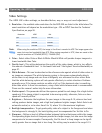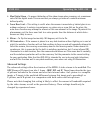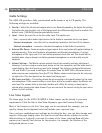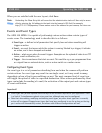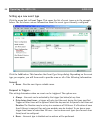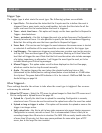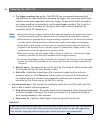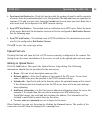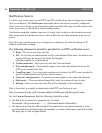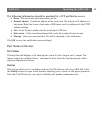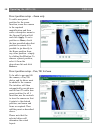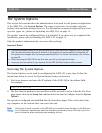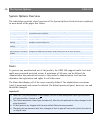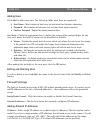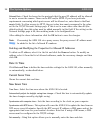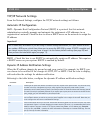
Operating the AXIS 230 AXIS 230
26
Notification Servers
To allow your event types to send HTTP and TCP notifications, the necessary servers must
first be configured. The Notification Server list shows the servers currently configured.
These servers are shown as the alternatives when selecting this type of notification in the
event type setup, as described in the preceding section.
Notification normally requires some sort of script to be located on the destination server.
This script reads the parameters sent in the notification and then performs some sort of
action.
Note that event notification server settings have nothing to do with the change of IP
address notification settings.
The following information should be provided for an HTTP notification server:
• Name - This can be any name you like.
• URL - In this field you should provide the IP or host address of the server, the path to your
script, and finally, the name of the script. For example:
http://server/path_to_script/script.cgi
• Custom parameters - Enter your own text here. See also below.
• User name/password - If you need to supply a user name and password to access the
HTTP server, provide these here.
• Proxy/Proxy port - If you must pass a proxy server to access the HTTP server, provide the
server’s network address and the port used for access.
• Proxy user name/password - The proxy server may require a user name and password.
• Retry count - If the connection attempt fails, enter the number of times to retry.
• Message - Enter your own text here. This will be displayed in the notification.
This is then what is actually included when the HTTP notification is sent:
http://server/path/script.cgi?Eventname=MyEvent&Message=MyMessage&Custom
For the Custom Parameters field the following should be noted:
• The field must be named as a parameter for it to work.
For example: http://servername/...................&CustomParameter=MyTextHere.
• The field must be manually URL-encoded. This means that to use special characters, these
must be coded and not simply typed. For example, to include a blank space, type %20 instead.
The equal sign (=) can be typed directly.



